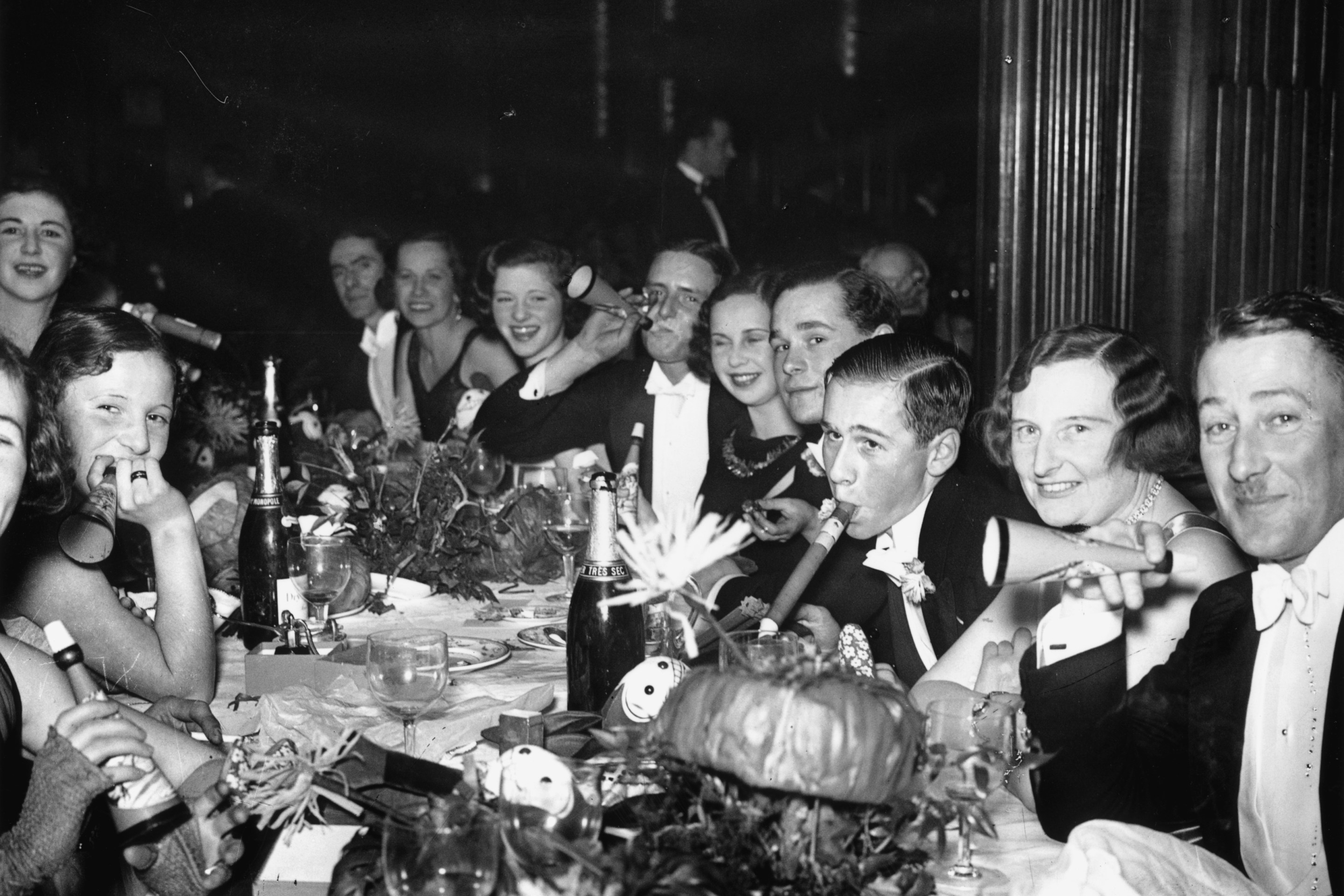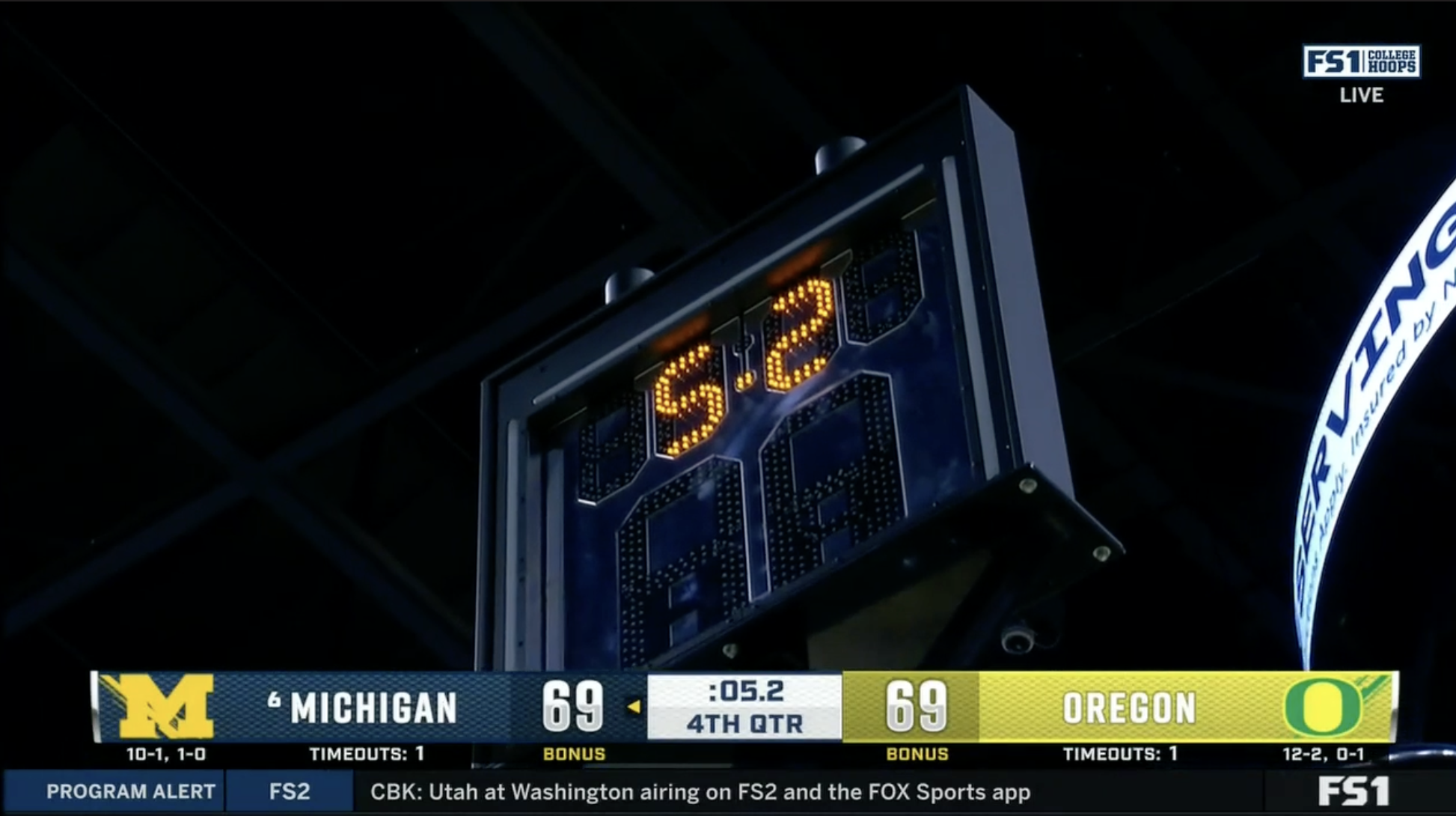K-pop girl group tripleS recently released their fourth album, ↀ. More specifically: tripleS recently debuted its fourth subunit group, LOVElution, which just released its first album after tripleS’s previous three subunit groups—AAA (standing for Acid Angel from Asia), KRE (standing for +(KR)ystal Eyes), and Acid Eyes (combining both AAA and KRE)—had released their debut albums, spread out over the course of the past year. A subunit is essentially just a subset of members from a larger group that, usually temporarily, promotes separately with its own music—except, unlike the usual group that has subunits, tripleS as a whole has yet to release a track together, unless you include the mini-album, Assemble, that included 10 of the eventual 24 members.
If this sounds convoluted, that’s because it is, even by modern K-pop standards. The group tripleS eventually will be composed of 24 members, but as of right now, only 16 have been officially revealed. LOVElution includes eight of those 16 members, though just five are having their individual subunit debuts—three had previously debuted with AAA or KRE. LOVElution’s inversely named counterpart, EVOLution, will debut in October, along with the remaining eight eventually revealed members.
The group is the brainchild of Jaden Jeong, the founder and CEO of Modhaus, and Modhaus does not shy away from convoluted infrastructure. The company describes itself as an “unprecedented open architecture K-Pop agency that aims to lead the global music industry.” What does this mean? Modhaus aims to “create a fan-centered entertainment system” where “fans are included across major stages of production.” Specifically, Modhaus wants to “expand the role of fans from mere consumers to [decision-making] producers.” How is this done? Well, “Modhaus has created a fan-participatory governance system using blockchain technology in order to bring fans into the decision-making process.”
Though ostensibly a K-pop production company in terms of what it produces, music, Modhaus more closely resembles a crypto tech start-up in its branding and language. The company posts updates in both Korean and English on Medium, including interviews with employees who designed its cryptocurrency system. It gives a unique vocabulary to already known concepts: subunits are DIMENSIONs, NFTs are Objekts, voting currency/governance tokens are COMO, and open voting sessions are Gravity. No tripleS subunit lineup is ever set in stone. It’s through these voting sessions that the lineups are decided, along with the fandom name (WAV, for the curious), though the musical production side of things is still left to the company itself.
Once you get to the music, it’s not so different from what’s been done in K-pop before. LOVElution debuted with an upbeat pop track. The music video intersperses dance scenes with narrative shots that are deeply committed to the aesthetic. It’s a little cute, a little girlboss. Text on the screen reads “10 Rules of MAD MONEY CLUB” and “Rule No. 1 Don’t Cry Be Rich” while a member sings lyrics like, “For me to shine / more than a dazzling filter / capitalism’s my charm” and “I am my own standard.” The song title is, naturally, “Girls’ Capitalism.”
In the Kids React era of the internet, the fine-tuned Western response to a K-pop group would mandatorily include the comment, “Holy shit, there are so many of them.” So the sheer number of members in tripleS is impressive, but not unprecedented. The concept of a group with no fixed lineup is a newer invention, but still not completely original.
Back in 2005, industry giant SM Entertainment debuted Super Junior 05, a 12-member boy group that was originally meant to be rotational, with a different lineup for Super Junior 06, 07, etc. It doesn’t take much to grasp why the idea of a cyclic group would be appealing from a business perspective: As idols got older and, in the case of male idols who also have to do their military service, they could be naturally cycled out for younger artists, who would debut into a group that already had a pre-existing fanbase. (This will sound familiar to those who remember the boy group Menudo, whose members had to leave at a certain age, and which consistently released albums from the 1970s though the 1990s.) The plan hinged fundamentally on the disposability of the idols, but fans grew attached to the previous members. After adding Kyuhyun to the group, SM scrapped the plan, and Super Junior 05 became just Super Junior.
Fast forward 11 years, and in Japan AKB48 served as proof of concept for an admission-and-graduation system for a large group. SM Entertainment was ready to try again, debuting NCT, standing for Neo Culture Technology, a boy group that theoretically had no upper cap and would be split up into different subunits—some rotational, some fixed—with varying concepts or promotional areas. For example, NCT U is the pick-and-choose catch-all subunit, WayV—not to be confused with the tripleS fandom name, WAV—is the Chinese subunit, and NCT 127 is the obliquely experimental and hip-hop subunit, which meant that when they debuted, the poor teenagers had to sing lyrics like, “Get it lifted / What, what, what, what / Fire truck” and try to explain what the hell Neo Culture Technology meant to middle-aged variety show hosts.
NCT wasn’t wholly successful in pulling off the rotational aspect. NCT Dream was meant to be a graduation-based subunit explicitly comprising teenagers who would age out once they turned 20 in Korean age. The average age of the lineup when they debuted was under 16. (It’s not surprising that after gaining agency with their own music, K-pop artists who debuted in their teens, particularly women, start addressing the issue of how young artists are treated in the industry.) But like Super Junior 05, people got attached to NCT Dream, and the graduation system never happened. So while NCT wasn’t exactly proof-of-concept for a Korean rotational group, they did prove that the “massive group, smaller subunits” model could work. At its peak, NCT could field half a football team with its 23 members, and its current lineup of 20 isn’t shabby either.
What is different about tripleS is that they are a girl group, and their lineups stem from a process that dates back to Produce 101. The measure of boy-group success has always been more dependent on fandom and, by extension, parasocial attachment than that of girl groups, who tend to rely much more on mainstream popularity and brand deals—look at the Top 100 chart for the Korean music streaming service Melon, and the top is dominated by soloists and girl groups, while the top of the best-selling album lists are dominated by boy groups, whose fans mass buy albums for the explicit purpose of breaking records.
The fan voting in tripleS stems from a legacy of Korean reality television competition shows, which happened to take off around when NCT debuted. Voting shows like Superstar K and K-pop Star already existed, though they were more akin to American Idol or The Voice; using a competition show to create an idol group also already existed, a notable example being the show Sixteen, which produced the wildly successful TWICE. But the first real instance of fan-voting in idol group construction came from Mnet's Produce 101, which doubtless followed from the naming convention of 101 Dalmatians. Produce 101 featured 101 idol trainees from various companies who would compete to join a temporary 11-member group, I.O.I, decided through fan voting. It was also the first real instance of, surprise, surprise, voting manipulation by a television network in the idol group composition process.
The effects on the K-pop ecosystem were cataclysmic. K-pop idol reality shows popped up like weeds, none of which met the same success as Produce 101. After Produce 101 ended and I.O.I disbanded, the idols returned to their companies, and their companies tried to capitalize on the marketing that was already done. Over the next couple of years, slews of girl groups debuted containing a few former Produce and/or I.O.I members, Gugudan, Pristin, (G)I-DLE, and Weki Meki to name a few. If you can’t retain all of those names, that’s perfectly all right—few of those post-Produce 101 groups are still active, much less successful. Recent editions of later-season–Produce groups have been more successful, in part due to moderation: There are fewer members in groups like IVE and Le Sserafim, both of which dominate the Melon 100, and some Produce alumni eschewed groups entirely in favor of being solo artists.
Not unlike the evolution of, say, baseball, the average idol nowadays is much better at being an idol than those who debuted in previous generations. Forget the havoc that was Pledis Entertainment’s green dungeon—now idol trainees can distill themselves down to a one-minute promotional video, and once they debut, they know how to do their jobs so well that it aggravates spectators. But for the 90-or-so other trainees on each season of an Mnet reality show, and the hundred more who will feature on the next season, there are only so many groups that can debut in a year before people can't keep up anymore.
So take the fact that tripleS is a girl group, plus the effects of Produce 101 on cementing fan-voting as a viable form of marketing, and add in possibly having a backlog of perfectly professional and charming debut-able idols and maybe, from a company perspective, the rotational formula seems like a good idea. It would not be so good for the girls who are debuting, when the entire concept depends on their interchangeability. In the music video, all of LOVElution have long brown or black hair, and in some scenes, they’re wearing the exact same white-top, blue-jeans combo. Compare that to a more traditionally marketed girl group who are color-coded for your ease of recognition, and you see how little distinguishing the members of LOVElution matters; those who do the voting will already know enough to recognize them, and those who aren’t voting don’t need to know.
It’s not a secret that K-pop groups are broadly produced, branded, and assembled by companies rather than the idols themselves—if it ever was, the success of Mnet’s Produce and Boys’/Girls’ Planet series have done away with that conception entirely. The K-pop fan that likes to casually listen to various groups while they work or watch bootlegged variety shows is not the target fan for a company. The primarily marketed item is the idol group and the idols composing it, and the ideal fan for the companies is one who will boost song streams, buy albums, buy merch, buy branded products, and, after all that, still keep on buying.
Modhaus is aware of this, but unlike other companies that might try to dispel the illusion by turning up the parasocial dial to 11, Modhaus declares that fans are, in fact, treated as consumers, and promises to break that pattern by bringing fans up the food chain of consumption.
Yet fans still feel used as mere pawns of consumption with little to no chances to participate in the decision making process of their artist.
Modhaus will expand the role of fans from mere consumers to decision making producers. Modhaus has held votes regarding the unit member composition of tripleS, main song selection for the upcoming album ASSEMBLE, and will continue to further broaden the areas of fan participation.
You may ask the importance behind empowering our fans. We believe that through direct participation on behalf of the supporters of our artist, fans and artists can continue to grow together.
. . .
Fans have proven time and again that they are more than consumers. Far from that, they are talented, passionate, and loyal producers. The growth of the fan industry is living proof of such talent. Therefore, it is only natural that we should give more authority to our fans.
Modhaus, “Modhaus: A New Paradigm For K-pop”
Let’s put aside the fact giving K-pop fans more power is a risky proposition, and instead focus on how a tripleS fan’s entry ticket into becoming a producer is still their wallet. Specifically, it’s to purchase COMO—the voting currency, in case you’ve forgotten Modhaus’s terminology—which is just one more way for fans to consume. And, putting production aside, there are still the, uh, Objekts, or NFTs, that are a digitized version of the pre-existing idol photocards, normally used to boost physical album sales. The active tripleS fan is perhaps more of a consumer than any other K-pop fan, and the role they have in production—selecting the lineup—is tactically minimal.
Fans are either easily anticipated or swayed, though. Even in the post-scandal Mnet era, five out of the nine final winners of Girls’ Planet had placed in the top nine in the very first episode of the show; by the second episode, seven out of nine had achieved a top-nine placement. Boys’ Planet had six out of the nine final winners ranking at the top in the first episode, and again, seven by the second. Either careful marketing decision, such as selection of screen time, influences fan decisions, or companies are able to anticipate what will make fans click—either way, it’s still not really the fans making the decisions.
It’s hard to say how many of the apparently 65,000 or so fans who’ve bought at least one NFT actually buy into the producer business, or how many of them treat it as another way of supporting an idol group. While tripleS is doing something new by relying overwhelmingly on fan voting and the continued relevance of NFTs, this next step is hardly surprising—it's only the natural conclusion of a direction that the industry was already headed in. Modhaus, in its attempt to repackage consumerism into a form of production through mashing business- and tech-speak with typical fan pandering, renders the entire K-pop enterprise even more transparent than it already was.
If this sounds familiar, it's because the ideal K-pop fan is also increasingly the ideal fan desired by companies in the United States. Modhaus, however, lays it plain. While the artists—that is, specifically writers and actors—who drive, say, Hollywood, have the benefit of a union and thus negotiating power to push back against executives who are only concerned with growth, few K-pop artists have the same sway. Modhaus doesn't have to make any pretenses for the public, and all of that transparency provides a shield against any gotchas. The company is more concerned with fans' money and crypto than with music or their idol group? It lays out as much on its own blog! That's just the natural end stage of hyper-capitalism; past a certain point, you don't even have to be clever about it.
Correction (Aug. 24, 2023, 12:51 p.m. ET): This article has been updated to also include the release of the tripleS mini-album Assemble.







